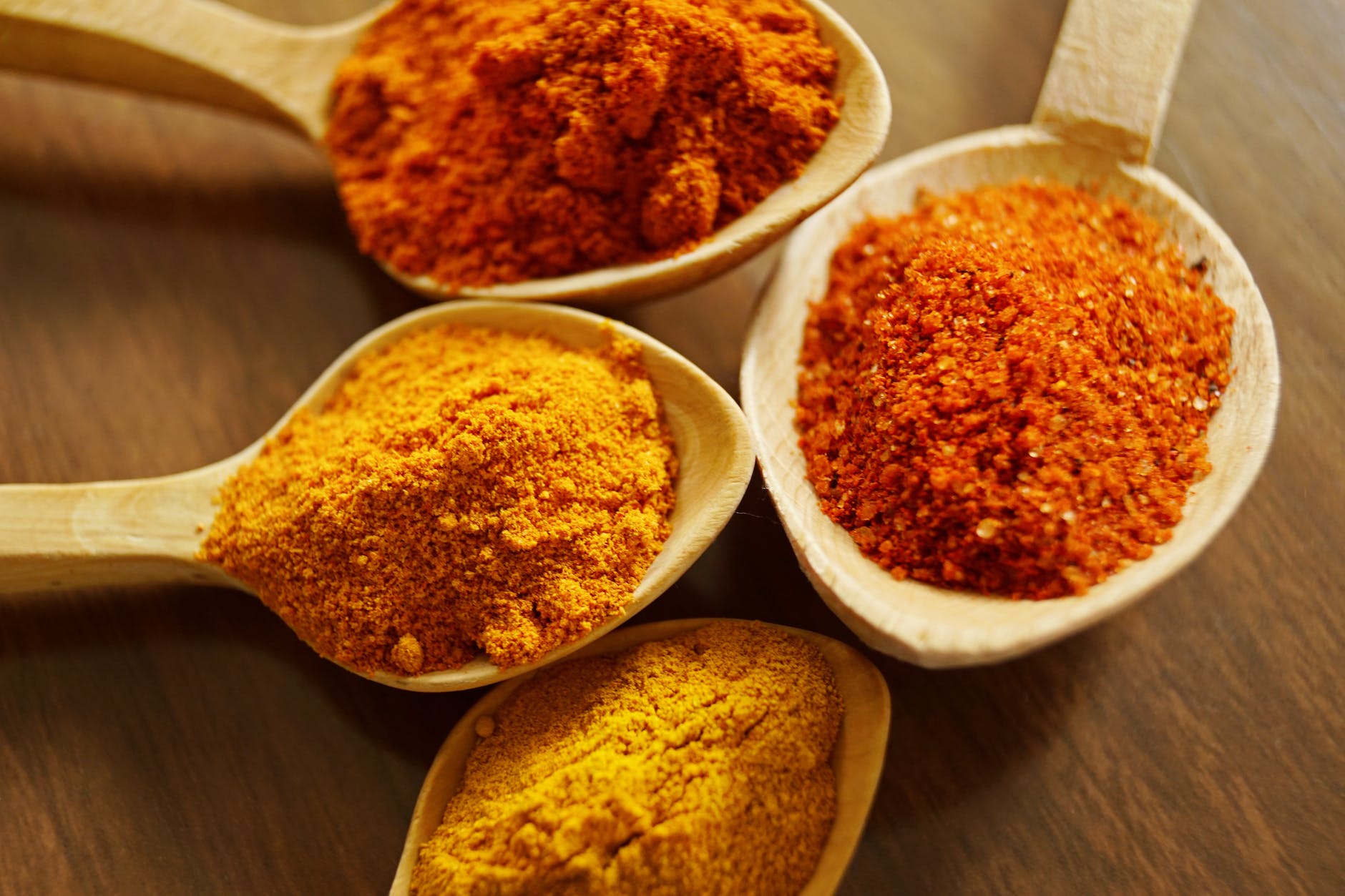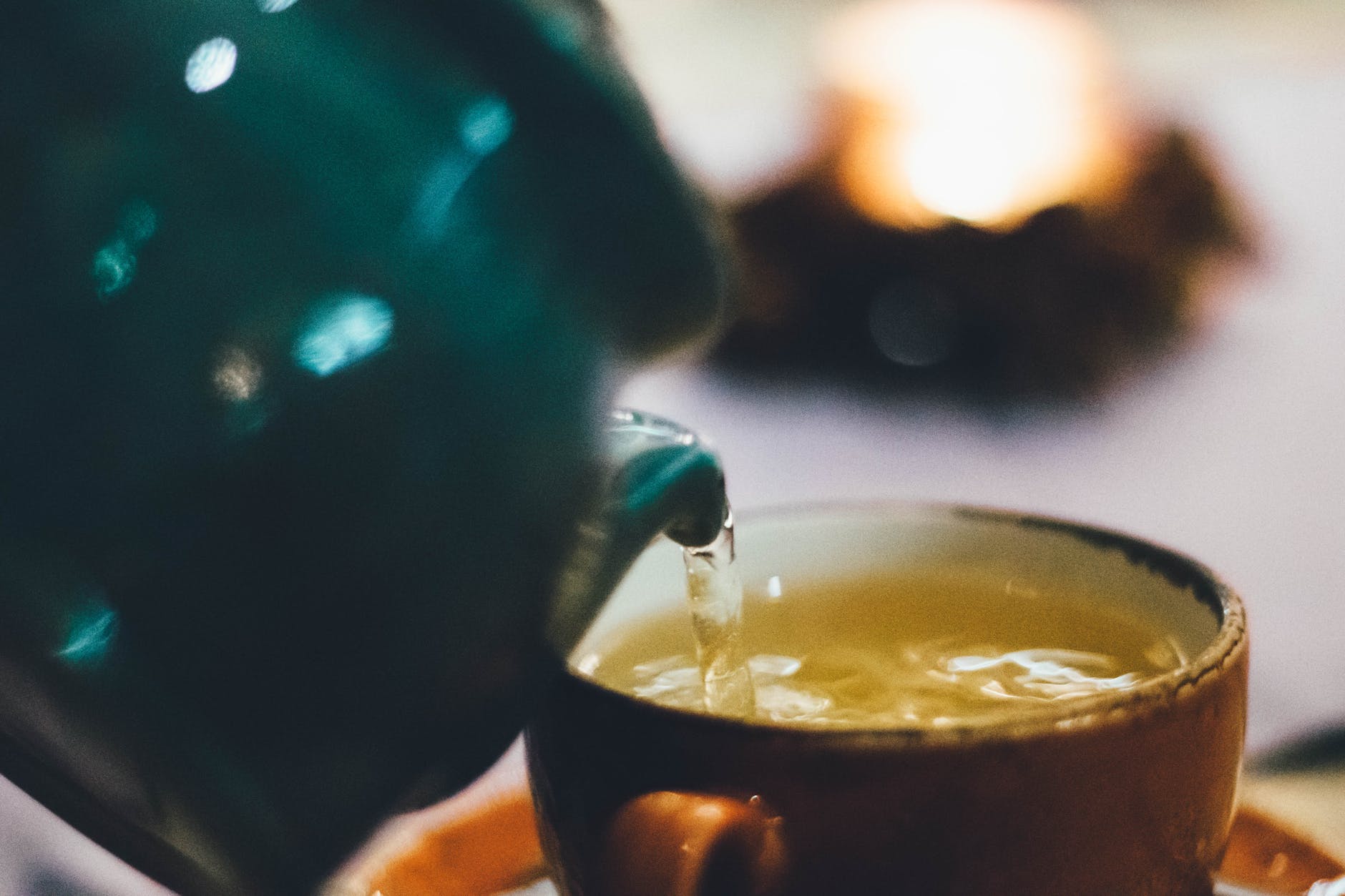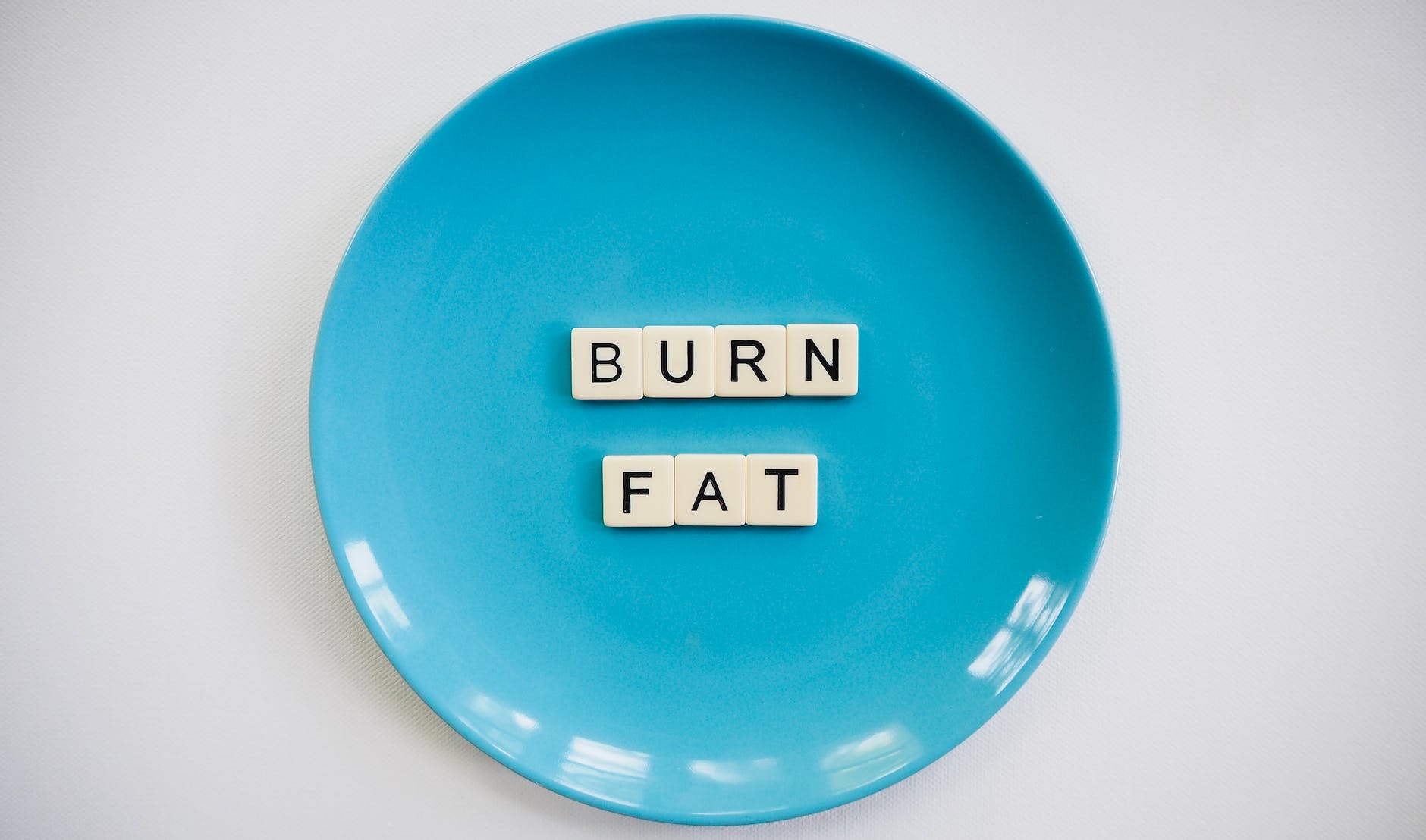
Congratulations on making it to the final post in our series on traditional foods and weight loss! We’ve journeyed through diverse cultures, explored unique foods, whipped up recipes, and debunked myths. Now, let’s recap the key takeaways and chart out a roadmap for your weight loss journey with traditional foods.
Key Takeaways:
- Diversity in Diet: Traditional foods offer a wide array of flavors, nutrients, and potential health benefits. Incorporating them into your diet can provide nutritional diversity and prevent diet boredom.
- No Magic Bullets: While these foods can support weight management, there’s no single food that guarantees weight loss. It’s the overall diet and lifestyle that matter.
- Individual Differences: Everyone’s body is unique. What works for one person may not necessarily work for another. Listen to your body and find what works best for you.
- Balance and Moderation: While traditional foods can be beneficial, it’s crucial to consume them in moderation as part of a balanced diet.
- Physical Activity: Regular exercise is a vital part of any weight loss strategy. It complements dietary changes and contributes to overall health.
Roadmap to Weight Loss with Traditional Foods:
Step 1: Research: Start by researching traditional foods that you find interesting or appealing. Understand their cultural context, potential health benefits, and any scientific evidence supporting their use.
Step 2: Experiment: Try incorporating one new food into your diet at a time. See how your body reacts and whether you enjoy the taste and texture.
Step 3: Create: Use these foods to create diverse, flavorful meals. This will help keep your diet interesting and sustainable.
Step 4: Listen to Your Body: Monitor how your body responds to these changes. Make adjustments as needed based on how you feel and your weight loss progress.
Step 5: Balance and Moderation: Remember to maintain a balanced diet overall and consume these foods in moderation. They should complement a diet rich in fruits, vegetables, lean proteins, and whole grains.
Step 6: Stay Active: Incorporate regular physical activity into your routine. This can include anything from walking and swimming to weightlifting and yoga, depending on your preferences.
Step 7: Consistency: Consistency is key in weight management. Make sustainable changes that you can stick to in the long run.
Step 8: Enjoy the Journey: Lastly, remember to enjoy the process. Explore new flavors, experiment with different recipes, and take joy in nourishing your body.
Remember, weight loss is a journey, not a destination. Be patient with yourself, and celebrate small victories along the way. Here’s to a healthier, happier you!













